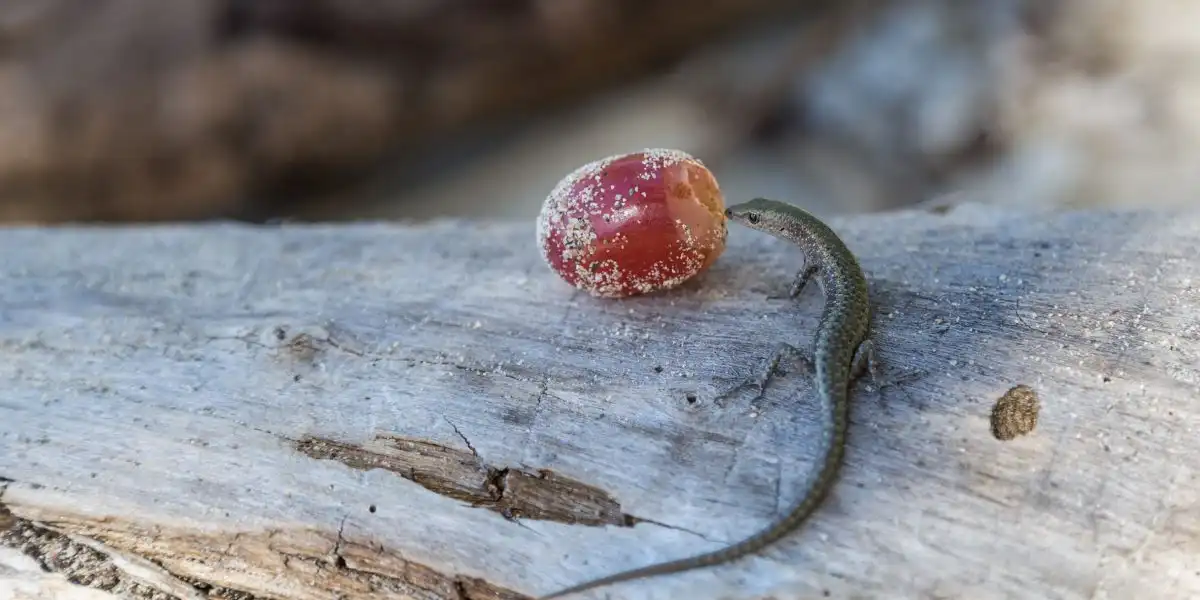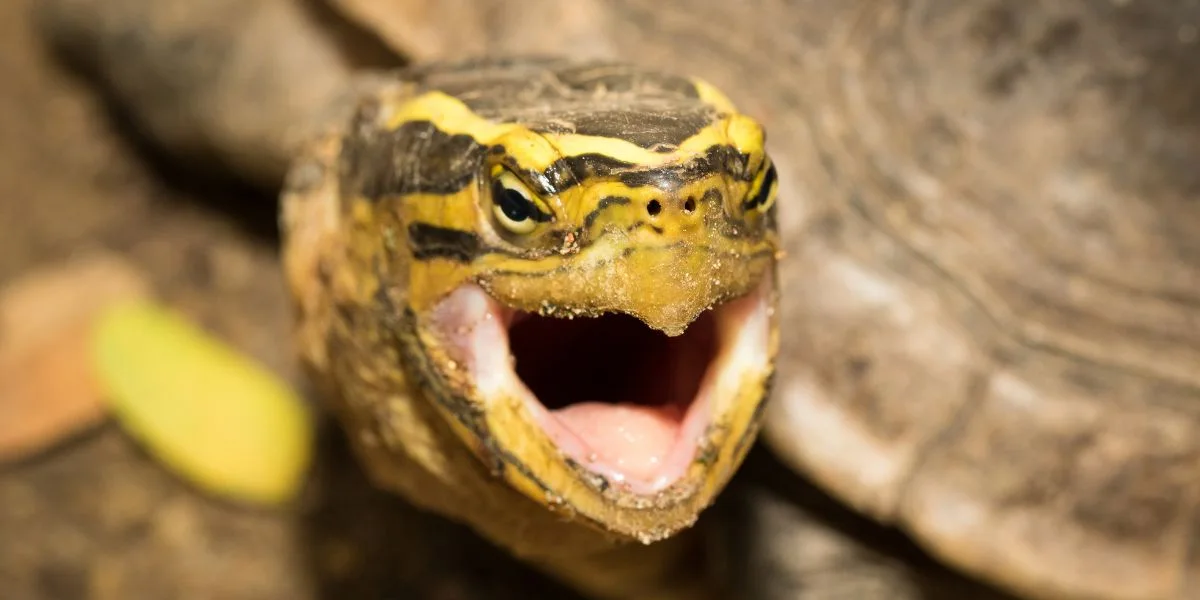Snakes, with their slithering bodies and enigmatic nature, have always captivated the human imagination. From their unique hunting techniques to their ability to shed their skin, these creatures never fail to amaze us.
Have you ever wondered how snakes eliminate waste (poop and pee) from their bodies?
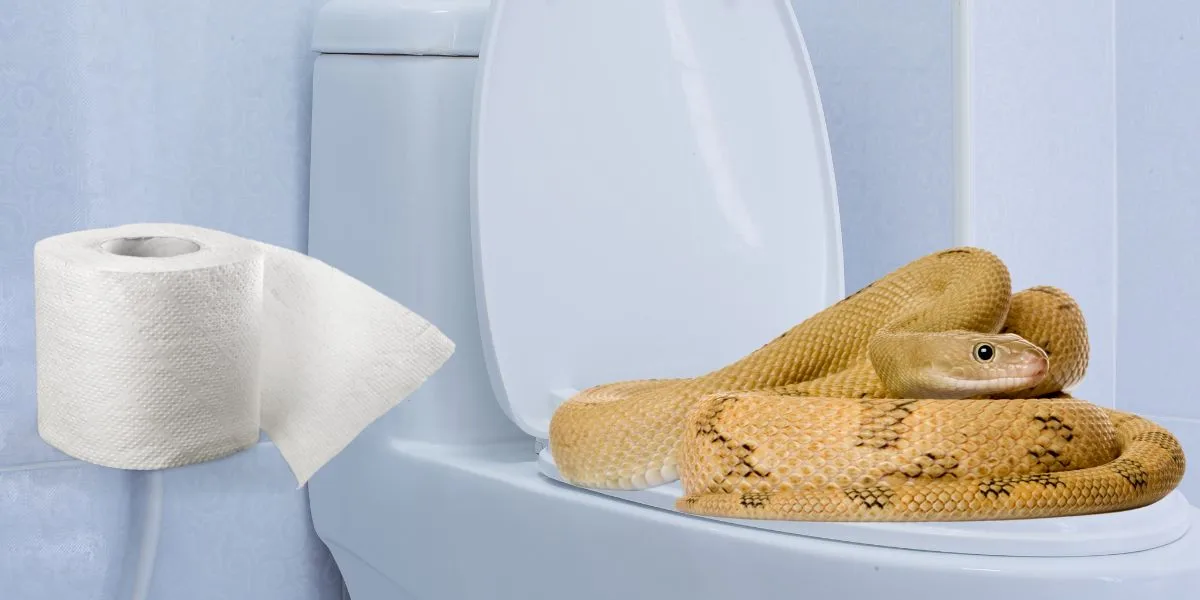
Understanding snake excretion is not only crucial for scientific research but also for the proper care and husbandry of these remarkable reptiles.
Importance of Understanding Snake Poop and Pee
Before we dive into the specifics of snake excretion (poop and pee), it is essential to recognize the significance of studying this aspect of their biology.
Snake excretion plays a vital role in ecological research, allowing scientists to gain insights into the dietary habits and overall health of snake populations.
Understanding how snakes eliminate waste is crucial for snake owners and caretakers, as it helps ensure the well-being and proper husbandry of these captivating creatures.
Anatomy of a Snake’s Digestive System
Structure and Function of a Snake’s Digestive System
To understand how snakes excrete waste, we must first examine the structure and function of their digestive system.
Snakes possess a unique and specialized digestive system that allows them to consume and process their prey efficiently.
At the core of a snake’s digestive system lies the alimentary canal, which consists of the mouth, esophagus, stomach, small intestine, and large intestine.
Unlike humans and many other animals, snakes lack a diaphragm, making their digestive system more elongated and flexible.
The Role of the Cloaca in Snake Excretion
One crucial component of a snake’s digestive system is the cloaca.
The cloaca is a multipurpose chamber located at the end of the digestive tract, where the urinary, reproductive, and digestive systems converge.
It serves as the exit point for both solid and liquid waste in snakes.
The cloaca acts as a gateway for waste elimination, allowing snakes to efficiently expel both feces and urine.
This unique adaptation enables snakes to conserve water and streamline their excretion process.
Snake Digestion Process
Swallowing and Breaking Down Prey
Snakes have an incredible ability to consume prey much larger than their own head. They achieve this by dislocating their jaws and stretching their mouth to accommodate the prey. Once the prey is swallowed, it enters the esophagus and travels down towards the stomach.
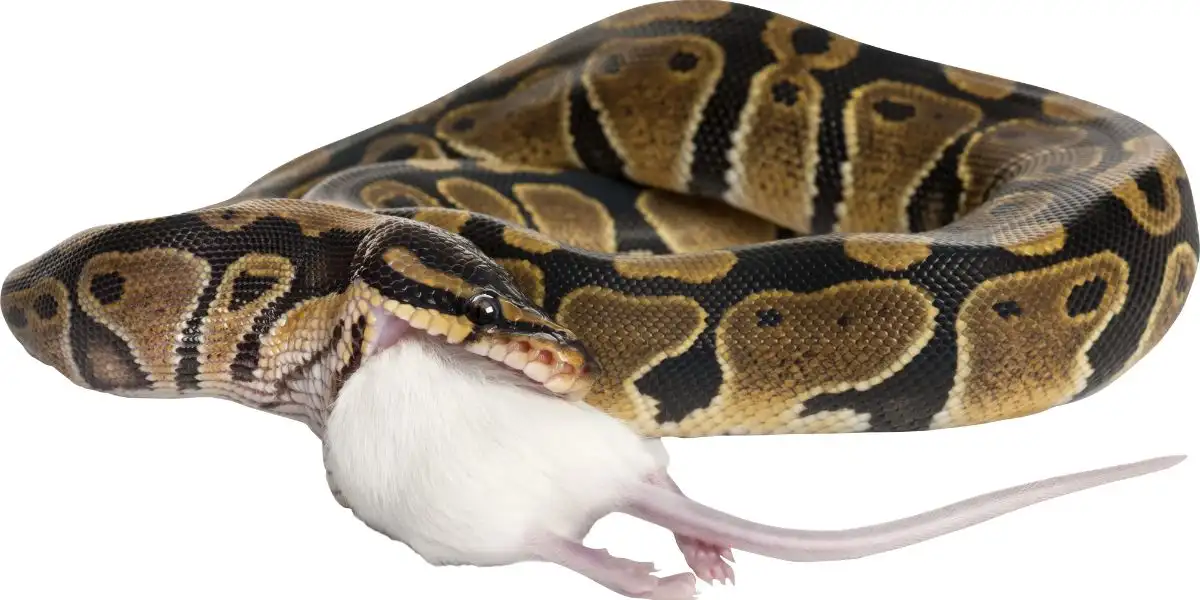
In the stomach, powerful digestive enzymes are secreted. These enzymes, such as hydrochloric acid and various proteases, play a crucial role in breaking down the prey’s tissues and proteins. The acidic environment of the snake’s stomach aids in the digestion process, allowing the enzymes to efficiently break down the prey into smaller particles.
Digestive Enzymes in Snake Excretion
The digestive enzymes continue their work as the partially digested prey moves through the small intestine.
Here, the nutrients from the prey are absorbed into the snake’s bloodstream, providing the necessary energy for growth and survival.
As the digestion process progresses, the indigestible parts of the prey, such as bones, fur, and feathers, are formed into a compact mass known as fecal matter.
This fecal matter is then ready for elimination from the snake’s body through the excretion process.
The journey of digestion in snakes is truly remarkable, but what happens next? How do snakes eliminate waste from their bodies?
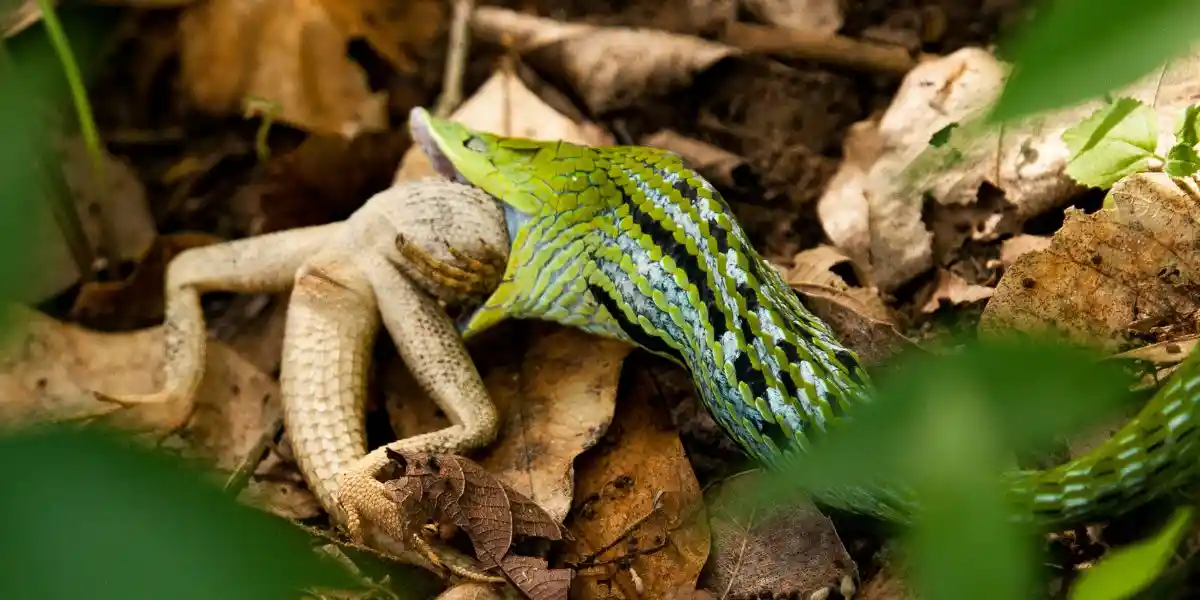
Snake Excretion Process
Waste Elimination in Snakes
Snakes eliminate waste through their cloaca, the multipurpose chamber at the end of their digestive tract.
The cloaca serves as the exit point for both solid and liquid waste in snakes.
When it comes to waste elimination, snakes have a unique adaptation that allows them to efficiently expel waste.
Elimination of Solid and Liquid Waste
Solid waste, in the form of feces, is expelled from the snake’s body through the cloaca.
The feces are typically compacted and may contain indigestible parts of the prey, such as bones or fur.
Snakes have a remarkable ability to form feces into distinct shapes, often resembling elongated tubes.
In addition to solid waste, snakes also eliminate liquid waste through the cloaca.
Unlike mammals, snakes do not produce urine separately. Instead, their kidneys filter waste products from the bloodstream, and these waste products are combined with water to form a semi-liquid waste known as urates.
The urates are then excreted along with the feces through the cloaca.
The snake excretion process is efficient and allows these reptiles to eliminate waste effectively.
However, snakes also possess unique adaptations that enable them to store waste for extended periods and conserve water.
Unique Adaptations in Snake Excretion
Storage of Waste for Extended Periods
One fascinating adaptation in snake excretion is their ability to store waste for extended periods of time.
Snakes have a slow metabolic rate, which means they can go for weeks or even months without needing to eliminate waste.
This adaptation is particularly useful for snakes that live in environments where food availability is scarce or irregular.
By storing waste, snakes can conserve energy and maintain their hunting efficiency.
When the time comes to eliminate waste, they can expel a larger amount in a single excretion event.
This adaptation allows snakes to optimize their energy usage and survive in challenging environments.
Water Conservation through Excretion
Snakes are also adept at conserving water through their excretion process.
As mentioned earlier, snakes do not produce urine separately but excrete urates along with their feces.
This combination of solid and semi-liquid waste helps snakes minimize water loss.
By eliminating waste in this manner, snakes can retain more water within their bodies, which is crucial for their survival in arid environments.
This adaptation allows them to thrive in habitats with limited water sources and reduces their dependence on frequent access to water.
The unique adaptations in snake excretion not only contribute to their survival in various environments but also provide valuable insights into their biology.
Comparison to Other Animals’ Excretion Processes
Snake Excretion vs. Other Reptiles, Mammals, and Birds
When comparing snake excretion to other animals, we can observe distinct differences in waste elimination mechanisms.
Unlike mammals and birds, snakes lack a separate urinary system. Instead, they excrete both solid and liquid waste through their cloaca.
This unique adaptation allows snakes to efficiently eliminate waste while conserving water.
In contrast, other reptiles, such as lizards and turtles, also excrete waste through their cloaca.
However, some reptiles have a separate urinary bladder, which allows for the storage and elimination of liquid waste independently from solid waste.
Mammals and birds, on the other hand, have a more complex urinary system, with separate bladder and urethra for the elimination of liquid waste.
Differences and Similarities in Waste Elimination Mechanisms
While there are differences in waste elimination mechanisms among different animal groups, there are also similarities.
All animals, including snakes, reptiles, mammals, and birds, have evolved mechanisms to remove waste products from their bodies.
The specific adaptations may vary, but the ultimate goal remains the same: to maintain homeostasis and eliminate metabolic byproducts.
All animals have evolved ways to conserve water, especially in arid environments.
Snakes, with their ability to store waste and minimize water loss through combined excretion, demonstrate a unique adaptation to survive in water-scarce habitats.
Understanding the similarities and differences in waste elimination mechanisms across animal groups provides valuable insights into the diversity of life on Earth and the various strategies employed by different species to maintain their physiological balance.
Now that we have explored the comparison, let’s move on to discuss the importance of understanding snake excretion in scientific research and snake care.
Importance of Understanding Snake Excretion
Significance of Studying Snake Excretion for Ecological Research
Studying snake excretion is of great significance in ecological research.
By analyzing the waste products of snakes, scientists can gain valuable insights into their dietary habits, nutrient requirements, and overall health.
The analysis of snake feces can reveal important information about the prey species consumed, providing a glimpse into the ecological interactions within an ecosystem.
Furthermore, studying snake excretion can help researchers understand the impact of environmental factors on snake populations.
Changes in diet or the presence of toxins in the environment can be detected through the analysis of fecal matter.
This knowledge is crucial for conservation efforts and the preservation of snake species in their natural habitats.
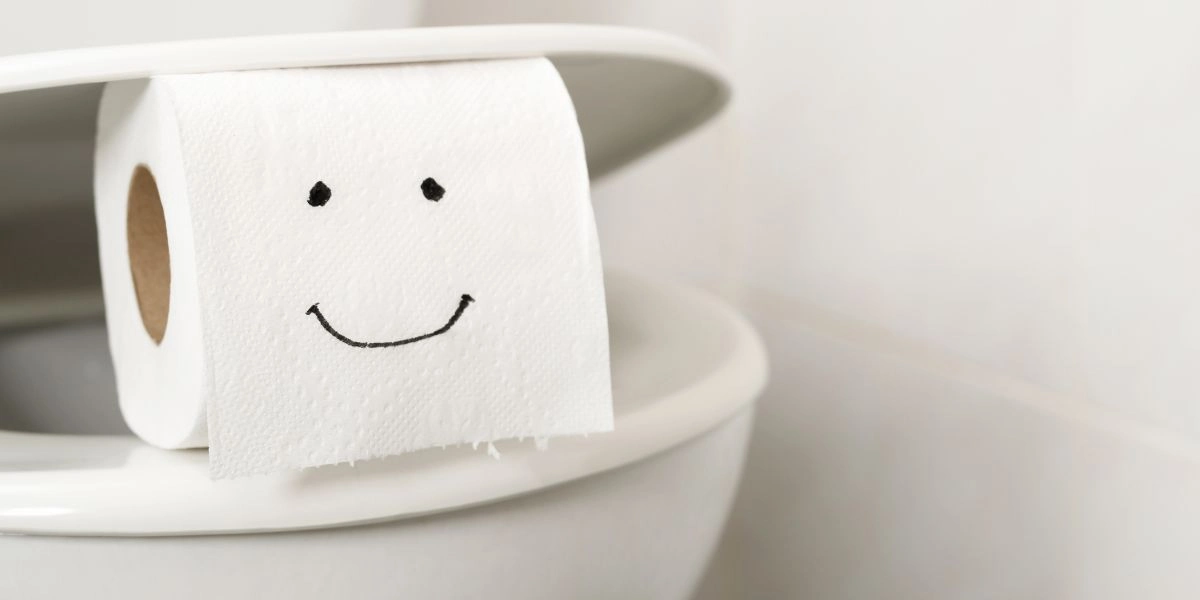
Aid in Proper Snake Care and Husbandry
Understanding snake excretion is also essential for proper snake care and husbandry.
Snake owners and caretakers need to be aware of the normal excretion patterns and behaviors of their snakes.
By monitoring the frequency, consistency, and appearance of feces and urates, snake owners can assess the health and well-being of their pets.
Knowledge of snake excretion helps in maintaining appropriate enclosure hygiene.
Regular cleaning and removal of waste prevent the buildup of harmful bacteria and parasites, ensuring a clean and healthy environment for the snakes.
Proper snake care and husbandry rely on a comprehensive understanding of their biology, including their excretion process.
By being knowledgeable about snake excretion, caretakers can provide optimal conditions for their snakes’ physical and mental well-being.
Frequently Asked Questions
The appearance of snake feces can vary depending on the species and the diet of the snake. Generally, snake droppings are tubular in shape, cylindrical, and often dark in color. The exact appearance can range from brown to black, sometimes with a white chalky substance (urates) mixed in.
Snakes do not have a distinct liquid urine like mammals do. Instead, their excretory system combines waste elimination with uric acid crystals, forming a semi-solid substance called urates. These urates are excreted along with the feces.
No, snakes do not pee liquid like mammals. They excrete waste through uric acid crystals, which are mixed with their feces. The elimination of waste in snakes is not a separate liquid process.
Snakes do not have a specific storage organ for urine like mammals do with a bladder. Instead, the waste products, including uric acid crystals, are processed and eliminated through their cloaca, which is a single opening used for excretion and reproduction.
Snakes excrete waste through their cloaca, which is a single opening located at the posterior end of their bodies. The cloaca serves as the exit point for both feces and urine in snakes.
Snakes eliminate feces, which primarily consists of undigested food matter, indigestible parts of prey (such as bones, feathers, or fur), and waste products from their metabolic processes. The specific contents can vary depending on the snake’s diet.
Snakes do not have a specific “pee hole” like mammals. Instead, they have a cloaca, which is a single opening used for excretion and reproduction. The cloaca serves as the exit point for both feces and urine in snakes.
Conclusion
Understanding how snakes excrete waste is not only fascinating but also crucial for scientific research and snake care.
The unique anatomy and adaptations of a snake’s digestive system, including the role of the cloaca, allow for efficient waste elimination.
By studying snake excretion, scientists gain insights into ecological interactions and the health of snake populations.
Snake owners and caretakers can ensure the well-being of their pets by understanding normal excretion patterns and maintaining proper enclosure hygiene.
Further research on snake excretion is essential for a comprehensive understanding of these remarkable creatures.
By delving deeper into the intricacies of snake excretion, we can unlock more secrets about their biology and contribute to their conservation and welfare.
So, the next time you encounter a snake, remember that even their excretion process holds a world of wonder and scientific importance.


